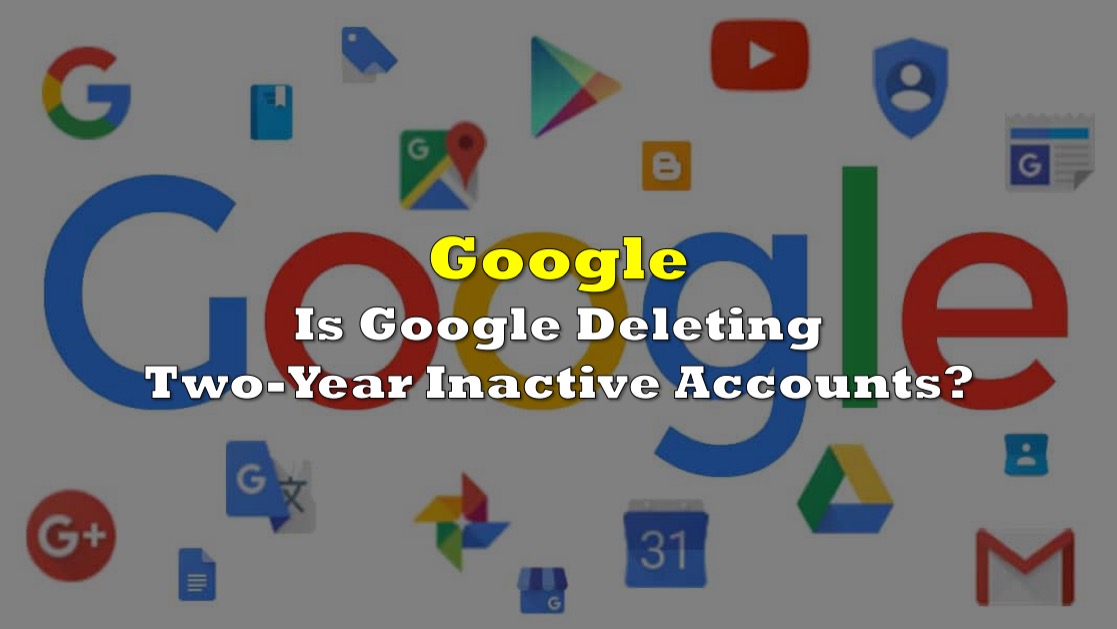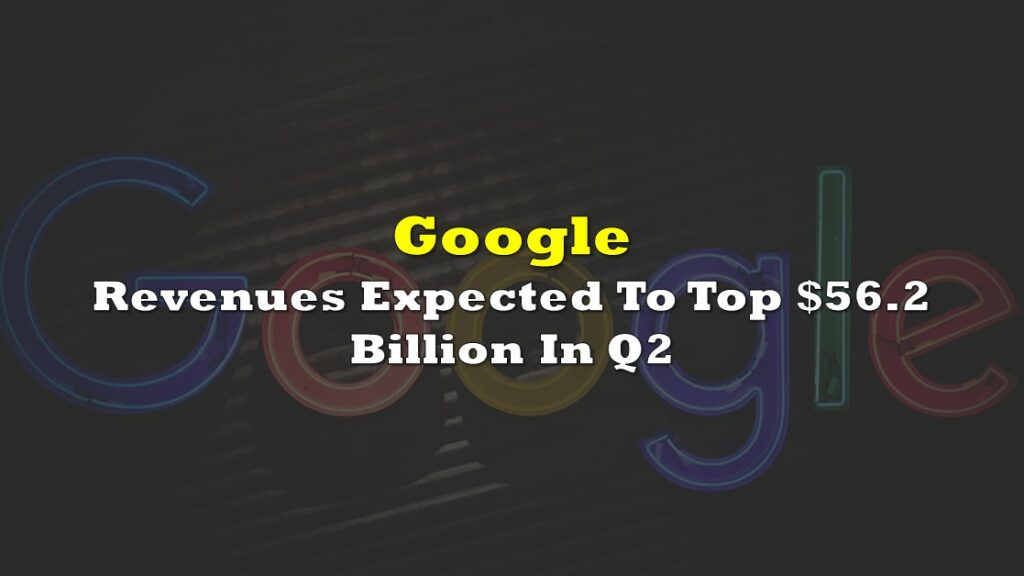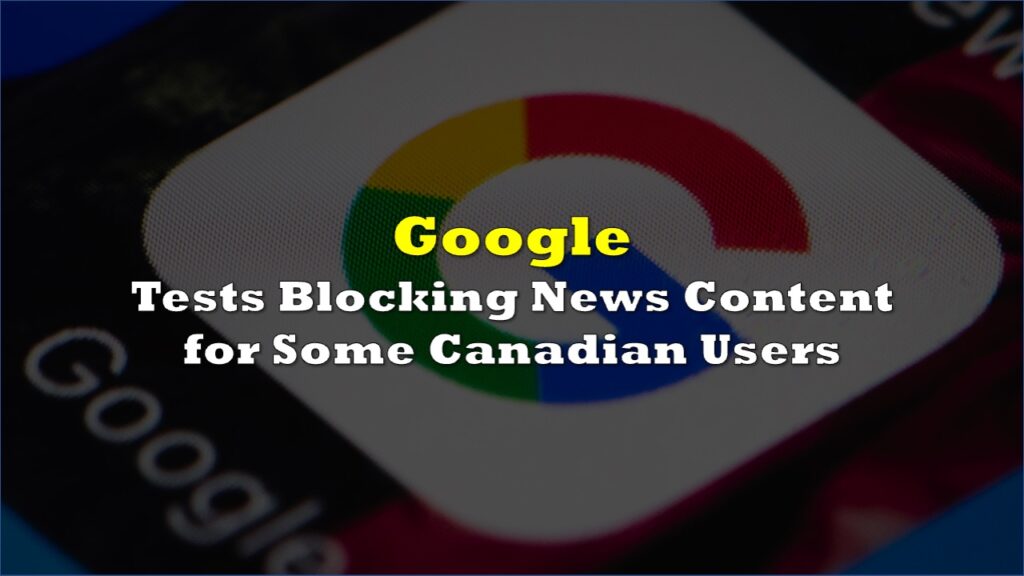Google has made a significant announcement regarding the security of its users’ accounts. Ruth Kricheli, the Vice President of Product Management at Google, revealed the company’s latest initiative to enhance user safety and data protection: starting in December 2023, Google will begin implementing an inactivity policy for personal accounts, aiming to reduce the risk of compromised and abandoned accounts.
According to Kricheli, “People want the products and services they use online to be safe and secure. Which is why we have invested in technology and tools to protect our users from security threats, like spam, phishing scams, and account hijacking.”
The concern arises from accounts that haven’t been used for an extended period, as they are more susceptible to compromise due to outdated or reused passwords and a lack of two-factor authentication. Additionally, these accounts receive fewer security checks from users, making them vulnerable to attacks. Google’s internal analysis reveals that abandoned accounts are at least 10 times less likely than active accounts to have 2-step verification set up.
“To reduce this risk, we are updating our inactivity policy for Google Accounts to 2 years across our products. Starting later this year, if a Google Account has not been used or signed into for at least 2 years, we may delete the account and its contents – including content within Google Workspace (Gmail, Docs, Drive, Meet, Calendar) and Google Photos,” Kricheli wrote.
The policy will take effect immediately, but the actual deletion of accounts will begin no earlier than December 2023. However, Google is taking a phased approach, initially targeting accounts that were created but never used again.
With over 1.8 billion active Gmail users and an estimated 2 billion active Google Photos users, the impact of this content purge could be significant.
Kricheli assured users that before proceeding with the deletion of an inactive account, Google will send multiple notifications to both the account email address and the recovery email address (if one has been provided). This approach gives users ample time to take action and prevent their accounts from being deleted.
It blows our mind that Google is going to scrub ALL content from accounts that are inactive for more than two years meaning THE INTERNET CLASSICS uploaded and forgotten about on YouTube will be gone forever. Enjoy the classic internet while we have it. Library of Alexandria 2.0
— Autism Capital 🧩 (@AutismCapital) July 29, 2023
For users concerned about keeping their accounts active, Google has outlined straightforward steps. The simplest way to maintain an active status is to sign in at least once every 2 years. Activities such as reading or sending emails, using Google Drive, watching YouTube videos, or even downloading apps from the Google Play Store count as account activity.
Additionally, accounts with existing subscriptions through Google, such as Google One, news publications, or apps, will be considered active and remain unaffected. This policy also exclusively pertains to personal Google Accounts and has no impact on accounts belonging to organizations such as schools or businesses. By implementing this update, Google aims to bring its policy in line with industry standards for retention and account deletion, thereby reducing the duration for which unused personal information is retained.
Google does not also plan to delete accounts containing YouTube videos at this time.
Confirming we have no plans to delete accounts with YT videos! 🙏 https://t.co/TdRImnz2xW
— Creator Liaison (@YouTubeLiaison) May 17, 2023
As previously mentioned, Google Photos users will need to sign in specifically every 2 years to retain their account’s active status, ensuring their precious photos and other content remain intact. Google will send multiple notifications to users before taking any action in this regard.
To assist users in safeguarding their accounts and data, Google encourages setting up a recovery email at sign-up and ensuring it is up-to-date. The company provides various free tools, such as Takeout, which allows users to download and export their data to other platforms. Additionally, the Inactive Account Manager enables users to decide what happens to their account and data after 18 months of inactivity, offering options like sending specific files to trusted contacts, applying a Gmail autoresponder, or deleting the account entirely.
Kricheli emphasized that these measures align with industry standards around retention and account deletion, and they further limit the amount of time Google retains users’ unused personal information.
Information for this briefing was found via Forbes and the sources mentioned. The author has no securities or affiliations related to this organization. Not a recommendation to buy or sell. Always do additional research and consult a professional before purchasing a security. The author holds no licenses.









